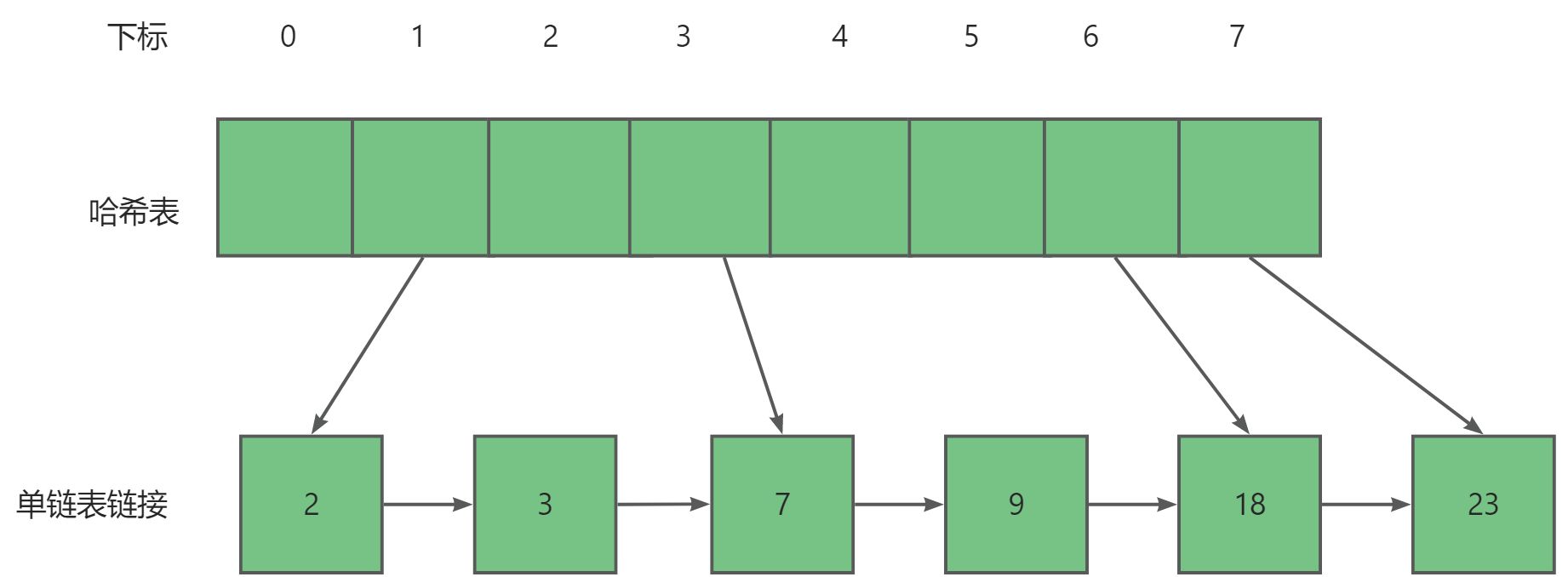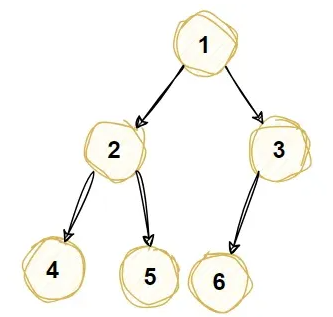文章目录
- 参数访问
- 目标参数
- 一次性访问所有参数
- 从嵌套块收集参数
- 参数初始化
- 内置初始化
- 自定义初始化
- 参数绑定
- 延后初始化
本节内容:
访问参数,用于调试、诊断和可视化;
参数初始化;
在不同模型组件间共享参数;
延后初始化。
# 单隐藏层的多层感知机
import torch
from torch import nn
net = nn.Sequential(nn.Linear(4, 8), nn.ReLU(), nn.Linear(8, 1))
X = torch.rand(size=(2, 4))
net(X)

参数访问
通过Sequential类定义的模型可以通过索引来访问模型的任意层。 模型就像一个列表一样,每层的参数都在其属性中。 如下所示,检查第二个全连接层的参数。
print(net[2].state_dict())
OrderedDict([('weight', tensor([[ 0.0143, -0.1299, -0.0290, 0.2700, 0.2086, -0.3533, 0.0657, 0.2856]])), ('bias', tensor([-0.1287]))])
通过输出可知:全连接层包含两个参数,分别是该层的权重和偏置。
每个参数都表示为参数类的一个实例。 要对参数执行任何操作,首先我们需要访问底层的数值。
目标参数
print(type(net[2].bias))
print(net[2].bias)
print(net[2].bias.data)
<class 'torch.nn.parameter.Parameter'>
Parameter containing:
tensor([-0.1287], requires_grad=True)
tensor([-0.1287])
参数是复合的对象,包含值、梯度和额外信息。
在上面这个网络中,由于我没有调用反向传播,所以参数的梯度处于初始状态。
net[2].weight.grad == None
True
一次性访问所有参数
当我们需要对所有参数执行操作时,逐个访问它们可能会很麻烦。 当我们处理更复杂的块(例如,嵌套块)时,情况可能会变得特别复杂, 因为我们需要递归整个树来提取每个子块的参数。 下面,演示来访问第一个全连接层的参数和访问所有层。
print(*[(name, param.shape) for name, param in net[0].named_parameters()]) # *应该是用于解包操作,对比有无*,发现删去*后,输出或多一个[]
print(*[(name, param.shape) for name, param in net.named_parameters()])
('weight', torch.Size([8, 4])) ('bias', torch.Size([8]))
('0.weight', torch.Size([8, 4])) ('0.bias', torch.Size([8])) ('2.weight', torch.Size([1, 8])) ('2.bias', torch.Size([1]))
另一种访问网络参数的方法
net.state_dict()['2.bias'].data
tensor([-0.1287])
从嵌套块收集参数
def block1():
return nn.Sequential(nn.Linear(4, 8), nn.ReLU(),
nn.Linear(8, 4), nn.ReLU())
def block2():
net = nn.Sequential()
for i in range(4):
# 在这里嵌套
net.add_module(f'block {i}', block1())
# 用 add_module 方法将 block1 函数返回的 nn.Sequential 对象添加到 net 容器中。每次迭代都会添加一个新的模块,并且每个模块都有一个唯一的名称(例如 'block 0', 'block 1', ...)
return net
rgnet = nn.Sequential(block2(), nn.Linear(4, 1))
rgnet(X)
tensor([[0.1559],
[0.1559]], grad_fn=<AddmmBackward0>)
查看一下网络结构
print(rgnet)
Sequential(
(0): Sequential(
(block 0): Sequential(
(0): Linear(in_features=4, out_features=8, bias=True)
(1): ReLU()
(2): Linear(in_features=8, out_features=4, bias=True)
(3): ReLU()
)
(block 1): Sequential(
(0): Linear(in_features=4, out_features=8, bias=True)
(1): ReLU()
(2): Linear(in_features=8, out_features=4, bias=True)
(3): ReLU()
)
(block 2): Sequential(
(0): Linear(in_features=4, out_features=8, bias=True)
(1): ReLU()
(2): Linear(in_features=8, out_features=4, bias=True)
(3): ReLU()
)
(block 3): Sequential(
(0): Linear(in_features=4, out_features=8, bias=True)
(1): ReLU()
(2): Linear(in_features=8, out_features=4, bias=True)
(3): ReLU()
)
)
(1): Linear(in_features=4, out_features=1, bias=True)
)
因为层是分层嵌套的,所以也可以像通过嵌套列表索引一样访问它们。 下面,访问第一个主要的块中、第二个子块的第一层的偏置项。
rgnet[0][1][0].bias.data
tensor([-0.4003, 0.3388, 0.2142, 0.3416, -0.0377, 0.3460, -0.1539, 0.0325])
参数初始化
PyTorch的nn.init模块提供了多种预置初始化方法。
内置初始化
首先调用内置的初始化器。 下面的代码将所有权重参数初始化为标准差为0.01的高斯随机变量, 且将偏置参数设置为0。
def init_normal(m):
if type(m) == nn.Linear:
nn.init.normal_(m.weight, mean=0, std=0.01)
nn.init.zeros_(m.bias)
net.apply(init_normal)
net[0].weight.data[0], net[0].bias.data[0]
(tensor([0.0106, 0.0016, 0.0035, 0.0076]), tensor(0.))
还可以将所有参数初始化为给定的常数,比如初始化为6
def init_constant(m):
if type(m) == nn.Linear:
nn.init.constant_(m.weight, 6)
nn.init.zeros_(m.bias)
net.apply(init_constant)
net[0].weight.data[0], net[0].bias.data[0]
(tensor([6., 6., 6., 6.]), tensor(0.))
还可以对某些块应用不同的初始化方法。
比如使用Xavier初始化方法初始化第一个神经网络层, 然后将第三个神经网络层初始化为常量值42。
(泰库辣)
def init_xavier(m):
if type(m) == nn.Linear:
nn.init.xavier_uniform_(m.weight)
def init_42(m):
if type(m) == nn.Linear:
nn.init.constant_(m.weight, 42)
net[0].apply(init_xavier)
net[2].apply(init_42)
print(net[0].weight.data[0])
print(net[2].weight.data)
tensor([-0.5471, 0.4637, -0.2951, 0.1913])
tensor([[42., 42., 42., 42., 42., 42., 42., 42.]])
自定义初始化
def my_init(m):
if type(m) == nn.Linear:
print("Init", *[(name, param.shape)
for name, param in m.named_parameters()][0])
nn.init.uniform_(m.weight, -10, 10)
m.weight.data *= m.weight.data.abs() >= 5
# 将所有权重的绝对值小于5的权重设置为0,而保持权重的绝对值大于或等于5的权重不变
net.apply(my_init)
net[0].weight[:2]
Init weight torch.Size([8, 4])
Init weight torch.Size([1, 8])
tensor([[ 5.1561, -0.0000, 5.4036, 5.2387],
[-7.6918, 9.9444, 0.0000, -9.6561]],
grad_fn=<SliceBackward0>)
参数绑定
个层间共享参数: 可以定义一个稠密层,然后使用它的参数来设置另一个层的参数。
# 我们需要给共享层一个名称,以便可以引用它的参数
shared = nn.Linear(8, 8)
net = nn.Sequential(nn.Linear(4, 8), nn.ReLU(),
shared, nn.ReLU(),
shared, nn.ReLU(),
nn.Linear(8, 1))
net(X)
# 检查参数是否相同
print(net[2].weight.data[0] == net[4].weight.data[0])
net[2].weight.data[0, 0] = 100
# 确保它们实际上是同一个对象,而不只是有相同的值
print(net[2].weight.data[0] == net[4].weight.data[0])
tensor([True, True, True, True, True, True, True, True])
tensor([True, True, True, True, True, True, True, True])
这个例子表明第三个和第五个神经网络层的参数是绑定的。 它们不仅值相等,而且由相同的张量表示。 因此,如果我们改变其中一个参数,另一个参数也会改变。
延后初始化
我们定义了网络架构,但没有指定输入维度。
我们添加层时没有指定前一层的输出维度。
我们在初始化参数时,甚至没有足够的信息来确定模型应该包含多少参数。
这里的诀窍是框架的延后初始化(defers initialization), 即直到数据第一次通过模型传递时,框架才会动态地推断出每个层的大小。
import torch
from torch import nn
from d2l import torch as d2l
net = nn.Sequential(nn.LazyLinear(256), nn.ReLU(), nn.LazyLinear(10))
C:\anaconda3\envs\pytorch\lib\site-packages\torch\nn\modules\lazy.py:181: UserWarning: Lazy modules are a new feature under heavy development so changes to the API or functionality can happen at any moment.
warnings.warn('Lazy modules are a new feature under heavy development '
网络络还不知道输入层权重的维度,因为输入维度仍然未知。
net[0].weight
<UninitializedParameter>
通过网络传递数据后,框架最终初始化参数。
一旦知道输入维度20,框架就可以通过插入20的值来识别第一层权重矩阵的形状。识别出第一层的形状后,框架继续到第二层,通过计算图依次进行,直到所有形状都已知。请注意,在这种情况下,只有第一层需要延迟初始化,但框架会顺序初始化。一旦已知所有参数形状,框架最终就可以初始化参数。
X = torch.rand(2, 20)
net(X)
net[0].weight.shape
torch.Size([256, 20])
以下方法通过网络传递伪输入进行试运行,以推断所有参数形状并随后初始化参数。稍后当不需要默认随机初始化时将使用它。
@d2l.add_to_class(d2l.Module) #@save
def apply_init(self, inputs, init=None):
self.forward(*inputs)
if init is not None:
self.net.apply(init)
AttributeError: module 'd2l.torch' has no attribute 'add_to_class'
封面图片来源
欢迎点击我的主页查看更多文章。
本人学习地址https://zh-v2.d2l.ai/
恳请大佬批评指正。



















